A Vineyard ODYSSEY
A Vineyard Odyssey
The Organic Fight to Save Wine from the Ravages of Nature
John Kiger
ROWMAN & LITTLEFIELD PUBLISHERS, INC.
Lanham Boulder New York Toronto Plymouth, UK
Published by Rowman & Littlefield Publishers, Inc.
A wholly owned subsidiary of The Rowman & Littlefield Publishing Group, Inc.
4501 Forbes Boulevard, Suite 200, Lanham, Maryland 20706
www.rowman.com
10 Thornbury Road, Plymouth PL6 7PP, United Kingdom
Copyright 2013 by John Kiger
All rights reserved. No part of this book may be reproduced in any form or by any electronic or mechanical means, including information storage and retrieval systems, without written permission from the publisher, except by a reviewer who may quote passages in a review.
British Library Cataloguing in Publication Information Available
Library of Congress Cataloging-in-Publication Data
Kiger, John I., 1954
A vineyard odyssey : the organic fight to save wine from the ravages of nature / John Kiger.
p. cm.
Includes bibliographical references and index.
ISBN 978-1-4422-2190-1 (cloth : alk. paper) ISBN 978-1-4422-2191-8 (electronic) 1. ViticultureCaliforniaSonoma Valley. 2. VineyardsCaliforniaSonoma Valley. 3. ViticulturistsCaliforniaSonoma Valley. 4. Wine and wine makingCaliforniaSonoma Valley. I. Title.
SB387.76.C2K54 2013
634.809794'18dc23
2013004002
 The paper used in this publication meets the minimum requirements of American National Standard for Information SciencesPermanence of Paper for Printed Library Materials, ANSI/NISO Z39.48-1992.
The paper used in this publication meets the minimum requirements of American National Standard for Information SciencesPermanence of Paper for Printed Library Materials, ANSI/NISO Z39.48-1992.
Printed in the United States of America
Contents
If Id Only Known Then What I Know Now
O idium. Even if you dont know what it is, the very sound of it seems menacing, conjuring up images of evil, disease, and pestilence. Which is entirely appropriate, given its history and potential to wreak havoc on the unsuspecting. Still commonly referred to in Europe as oidium, here in the United States it is more commonly known as grape powdery mildew. Mycologists and plant pathologists call it Erysiphe necator, which is the botanical name for the fungus that causes grape powdery mildew. But oidium was the name applied to the disease when it was first discovered in the nineteenth century. The word oidium, despite the rather ominous image it invokes, derives from the Latin word for a small egg, oidion , which aptly describes the small egg-shaped spores by which the fungus reproduces.
Call it what you will, it is the scourge of winegrowers everywhere. In most vineyards, every year brings a new battle to prevent and contain outbreaks of powdery mildew. In some, with only modest effort and expense, powdery mildew is little more than a speed bump on the road to harvest. But for most, powdery mildew is an expensive and ever-present threat.
Powdery mildew is unique among the many pests and diseases that afflict wine grapes and vineyards. No other affliction threatens (nearly) every wine grape vineyard in the world, every year. The consequences of ignoring or not understanding this threat can be catastrophic, as the winegrowers of Europe discovered in the nineteenth century. Likewise, the consequences of simply misjudging the threat of powdery mildew can be traumatic, even for the well-informed and well-intentioned winegrower, as I learned all too well in my own vineyard. But it is hardly alone, as a host of insects, fungi, bacteria, and viruses, along with feathered and furry critters, lurk in the vineyards, all of which are capable of sabotaging a promising vintage right under the nose of the unsuspecting grower.
I knew none of this when I set out to become a winegrower. Well, truth is, I didnt know much of anything about growing wine. I knew I liked wine and fancied myself as something of a connoisseur. So I probably knew a great deal more about wine than the average person, but I knew next to nothing about what it really took to get from a grapevine to a bottle of wine. Deb, my wife and partner in this venture, was skeptical at first, and being a city girl, she was no more familiar than I was with the rigors and hazards of farming or winegrowing.
Sure, we lived in California and visited Wine Country regularly. You know the drill: weekends spent touring vineyards, tasting wines, and talking up the winemakers and tasting-room staff. If nothing else, it endowed me with an appreciation for the beauty of places like Sonoma County and the deep connection between the land, the vines, and the wines that we love so much. This proximity and superficial familiarity no doubt contributed to the idea that a winegrowing future was a realistic possibility.
We came to winegrowing rather late in life. It was to be a third career, of sorts, for me. I was in my mid-forties when we set out to plant our own vineyard, by which time I had endured twenty years of schooling followed by twenty years of corporate life. Of course, none of that education or experience was remotely related to agriculture. However, my background in science, engineering, and the warp-speed, ruthlessly Darwinian world of Silicon Valley high tech did serve me well when I jumped into winegrowing full-time. I thought to myself, how hard could this be? I took it as just another intellectual challenge and something new to master, which was more or less a way of life in the business I had come from.
I will admit up front that this vineyard thing was entirely my idea, and it was not an easy sell, but once Deb bought in, she was all in. Its not always that way. We have a few friends with vineyards or wineries, where one person has the passion and the other wants little or nothing to do with it (apart from living in a nice place and drinking lots of good wine!). In our case, it was meant to be a partnership from day one. Deb is more naturally risk averse and detail oriented, which is a nice compliment to my tendencies to jump into new things and manage more from the big picture than the nitty-gritty details.
The wine business is unusual in that it attracts a great many participants from unrelated walks of life, most with little or no relevant experience beyond the passionate appreciation of fine wines. That certainly described us when we set out to buy a vineyard in quest of a lifestyle centered on growing grapes and making wine. At the time, the late 1990s, we were not alone in this quest as a prosperous economy enabled many wine lovers to seek out their little corner of paradise with a vineyard or winery of their own. The ensuing boom would have far-reaching consequences, as vineyard acreage in California expanded dramatically in the 1990s and early 2000s. Wine grape acreage in Sonoma County, for example, grew from thirty-three thousand acres in 1990 to fifty-eight thousand in 2006, while Napa Countys vineyard acreage increased from thirty-two thousand acres in 1990 to forty-five thousand in 2006.
Terrific wine is grown in many places around California, most of which are stunningly beautiful places to live and work. Our personal quest led us first to the well-established wine regions of Napa and Sonoma, both of which were within a couple hours drive from our home in Silicon Valley, just south of San Francisco. In the end, we were won over by the beauty and agricultural diversity of Sonoma, its vibrant food and wine culture, its proximity to San Francisco, and, of course, its rich history of fine-wine production dating back to the middle of the nineteenth century.
Like many novice winegrowers, we set out initially to find an established vineyard. It seemed like a faster, easier way to enter the business. Buying an operating vineyard would enable us to get a vineyard with a known track record, produce (nearly) instant cash flow, and save us the time, complexity, and investment of developing a vineyard from scratch. Hopefully it would also come with a vineyard management team in place that could manage the property for us while we continued to work in our existing careers for a few more years. Maybe even an existing contract with a winery to buy the grapes. Sounds simple enough.
Next page
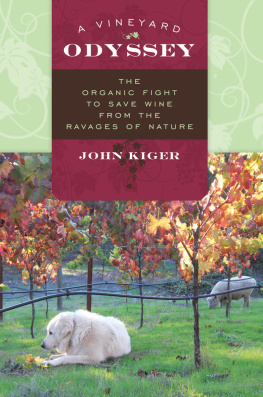

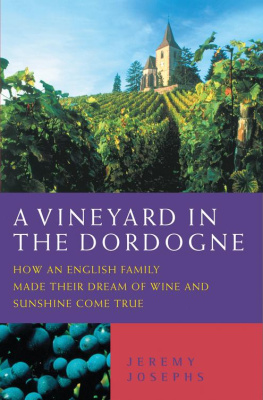
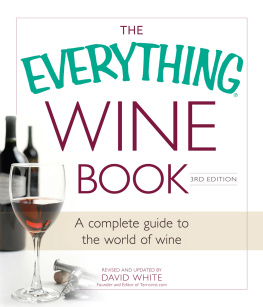

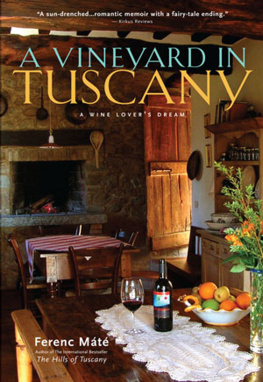
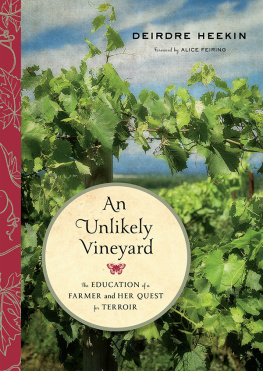
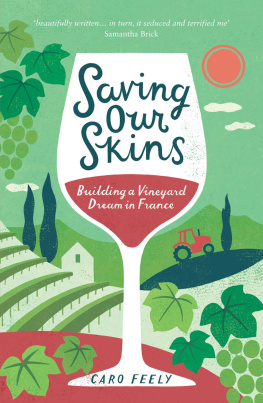
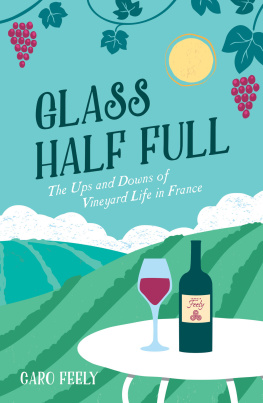
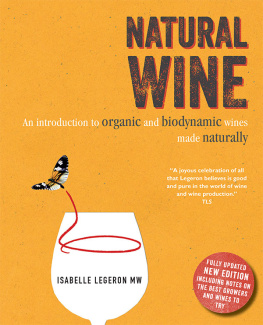
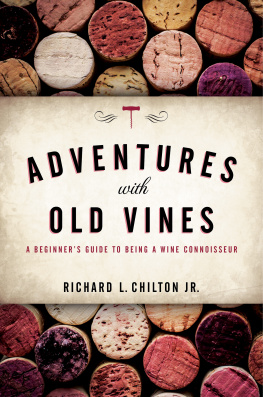

 The paper used in this publication meets the minimum requirements of American National Standard for Information SciencesPermanence of Paper for Printed Library Materials, ANSI/NISO Z39.48-1992.
The paper used in this publication meets the minimum requirements of American National Standard for Information SciencesPermanence of Paper for Printed Library Materials, ANSI/NISO Z39.48-1992.